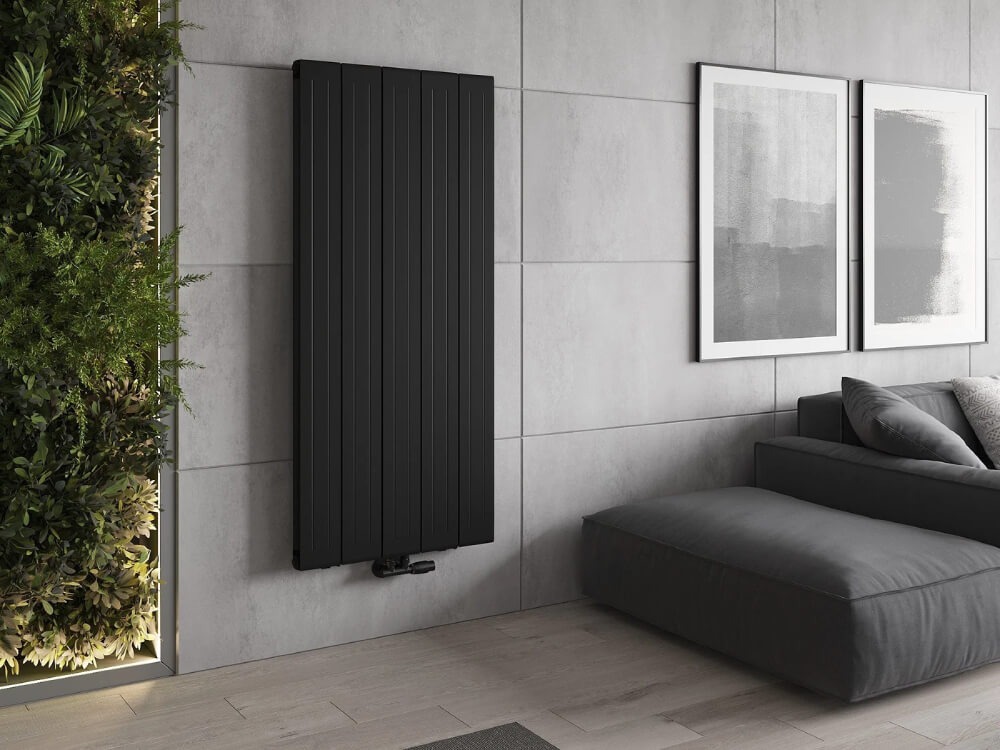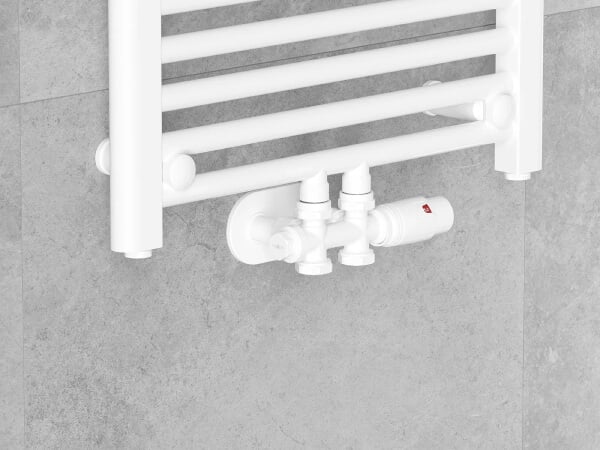
There are various types of thermostatic valves, but they all share the fact that they are an integral part of modern heating systems that help precisely control room temperatures and reduce energy consumption. In today's article, we present the most popular thermostatic valves, discuss how they work, and what to look out for when choosing them. Should you choose a thermostatic valve or a regular one? We provide insights on the benefits of thermostatic radiator valves and how to select them appropriately for your installation.
What will you learn from this article?
- Why thermostatic valves are essential for achieving the desired room temperature.
- What to consider when choosing them.
- Which part (and why) of the valves is crucial.
- What positive aspects are associated with using high-quality thermostatic valves.
Types of thermostatic valves
Thermostatic radiator valves are available in various variants that can be tailored to specific installations and user requirements. Here are the most popular types:
- Straight and angled valves – the choice between a straight or angled valve depends on the piping layout in the heating system. Straight valves are used in vertical connections, while angled valves are ideal for horizontal connections and can be easier to install in certain configurations.
- Pre-set valves – this type of valve allows the maximum water flow through the radiator to be set, optimizing the operation of the heating system. This avoids overheating rooms and ensures even heat distribution throughout the room.
- Shut-off valves – when it is necessary to cut off the water supply to the radiator, e.g., during servicing, shut-off valves are excellent. They allow complete closure of the flow without the need to drain the system.
- Regulating valves – provide precise temperature control by controlling water flow. They are ideal in installations where precise temperature control in individual rooms is required.
- Electronic thermostatic heads – this modern solution allows programming of temperature at different times of the day. Some models also offer remote control via an app, providing full control and energy savings.

Thermostatic valves – what is worth knowing?
Thermostatic radiator valves are an important component of any heating installation. They allow you to adjust the temperature in a room to your own needs, which significantly translates (positively, of course) into energy savings and increased thermal comfort.
How do thermostatic valves work?
The principle of operation of the thermostatic valve is based on the response of the thermostat to changes in ambient temperature. When the room temperature reaches a certain level, the valve automatically reduces the flow of hot water, maintaining a constant temperature. When the temperature drops, the valve opens again, increasing the flow. This mechanism directly impacts optimizing radiator operation and reducing energy consumption.
Where to use a thermostatic valve?
Thermostatic valves are widely used in central heating systems. They allow for independent temperature regulation in each room, which is especially useful in buildings with varying thermal insulation. They are also ideal solutions for flats, single-family homes, and large commercial buildings where energy consumption control is crucial.
Thermostatic head – the key component of the valve
Thermostatic head is an essential part of the thermostatic valve responsible for automatic temperature regulation. There are several types of heads that can be tailored to your needs:
- manual heads – allow manual temperature setting by turning the knob. They are easy to use, but require manual operation,
- electronic heads – allow precise temperature regulation, and some models offer the possibility of weekly programming. Electronic heads are ideal for those who want to control the temperature remotely or adjust it to a daily schedule,
- liquid sensor heads – Their operation is based on the reaction of the liquid inside the head to temperature changes. When the liquid expands due to heat, the valve closes the flow of hot water, and when the liquid contracts, the valve opens, ensuring automatic regulation.

How to choose a thermostatic head?
The selection of a thermostatic head should be tailored to the type of valve and installation requirements. A manual thermostatic head is a simple and economical solution, while electronic heads, although more expensive, offer much greater regulatory possibilities. It is worth ensuring that the head is compatible with the valve and allows precise temperature control in the room.
Radiator valves – application and choice
Radiator valves are heating system components that allow control of water flow through radiators. They are used in both central heating and local systems. Here are some aspects to consider:
- Types of radiator valves – depending on the installation, you can choose an angled or straight radiator valve. Each has its specific applications, allowing for proper adjustment to the pipe layout.
- Construction of the radiator valve – it consists of a body, a spring, and a control element that allows precise water flow control.
- Material – brass valves are the most common, known for their high corrosion resistance and durability. There are also valves made of plastics, which are lighter but may be less resistant to mechanical damage.
- Compatibility with the thermostatic head – before purchase, it is worth checking whether the selected valve is compatible with the selected thermostatic head, which ensures proper temperature regulation.
Advantages of using thermostatic radiator valves
The installation of thermostatic radiator valves brings many benefits:
- energy savings – through precise control of water flow, overheating of rooms can be avoided, reducing energy consumption,
- thermal comfort – the ability to adjust the temperature in each room separately allows tailoring the level of heat to individual needs,
- heating automation – electronic heads allow automatic adjustment of the temperature to a schedule, increasing user convenience,
- increased radiator lifespan – proper regulation of water flow makes radiators work more efficiently, which can extend their durability.
Summary
Choosing the right thermostatic radiator valves can greatly influence the thermal comfort and heating costs in a given room. It is worth paying attention to the type of valve and thermostatic head to ensure the efficiency of the installation. Well-chosen valves and heads allow for precise temperature control, energy savings, and increased user comfort.


















